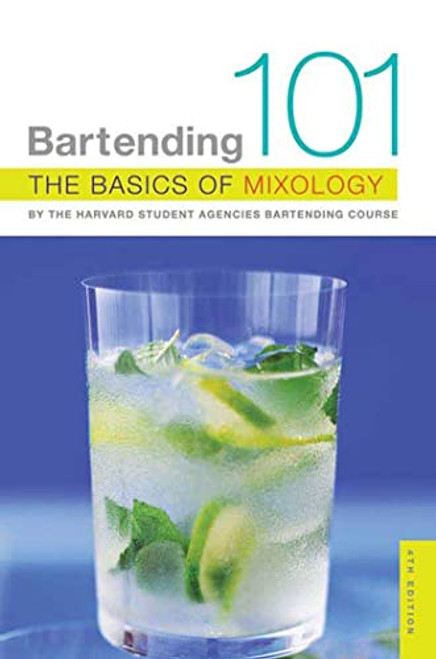Calling for patterns that incorporate circles, spins, sliding stops, and other moves that come out of ranch work, the sport of reining has grown in popularity until it is now an international event (including its role as one of the United States Equestrian Team disciplines). To help the increasing number of riders who have become involved, 101 Reining Tips provides essential information on all aspects of the sport, from selecting a reining horse prospect and necessary tack and other equipment, to analyzing and practicing all the parts of required and freestyle patterns, up to competing in the show arena. For example: Including maneuvers other than the regular spinning, stopping, and lead changes that make up the reining performance pattern is a good addition to a green rider's daily regime. This approach spices up the daily ride for both horse and rider. Some suggestions from Stephen Saidik of Cambridge, Ohio, are the counter-canter, side-pass, and two-track. Offering other exercises to work on besides the main points will help the horse and rider build communication in a way that working only on 'show' maneuvers could not, Saidik said.
Simple drills can keep the horse alert and help the duo avoid the frustration of a routine rut. During this early learning phase, the most important lesson for the rider is to figure out how the horse responds to natural aids of hands, seat, legs, and voice. Simultaneously, the horse will become acclimated to the rider's style and strength of cues.
Maneuvers can be picked up from other disciplines, such as barrel racing or Western horsemanship. The goal is to work different areas of the horse--hip, shoulder, neck, etc.--and create a supple movement in the horse with soft cues by the rider. When evaluating new moves, check that each one addresses movement and cues before incorporating it into a ride.
Using advice from many of the country's top reiners, here's a guide that is sure to lead to greater enjoyment and satisfaction--and higher scores.
Simple drills can keep the horse alert and help the duo avoid the frustration of a routine rut. During this early learning phase, the most important lesson for the rider is to figure out how the horse responds to natural aids of hands, seat, legs, and voice. Simultaneously, the horse will become acclimated to the rider's style and strength of cues.
Maneuvers can be picked up from other disciplines, such as barrel racing or Western horsemanship. The goal is to work different areas of the horse--hip, shoulder, neck, etc.--and create a supple movement in the horse with soft cues by the rider. When evaluating new moves, check that each one addresses movement and cues before incorporating it into a ride.
Using advice from many of the country's top reiners, here's a guide that is sure to lead to greater enjoyment and satisfaction--and higher scores.










